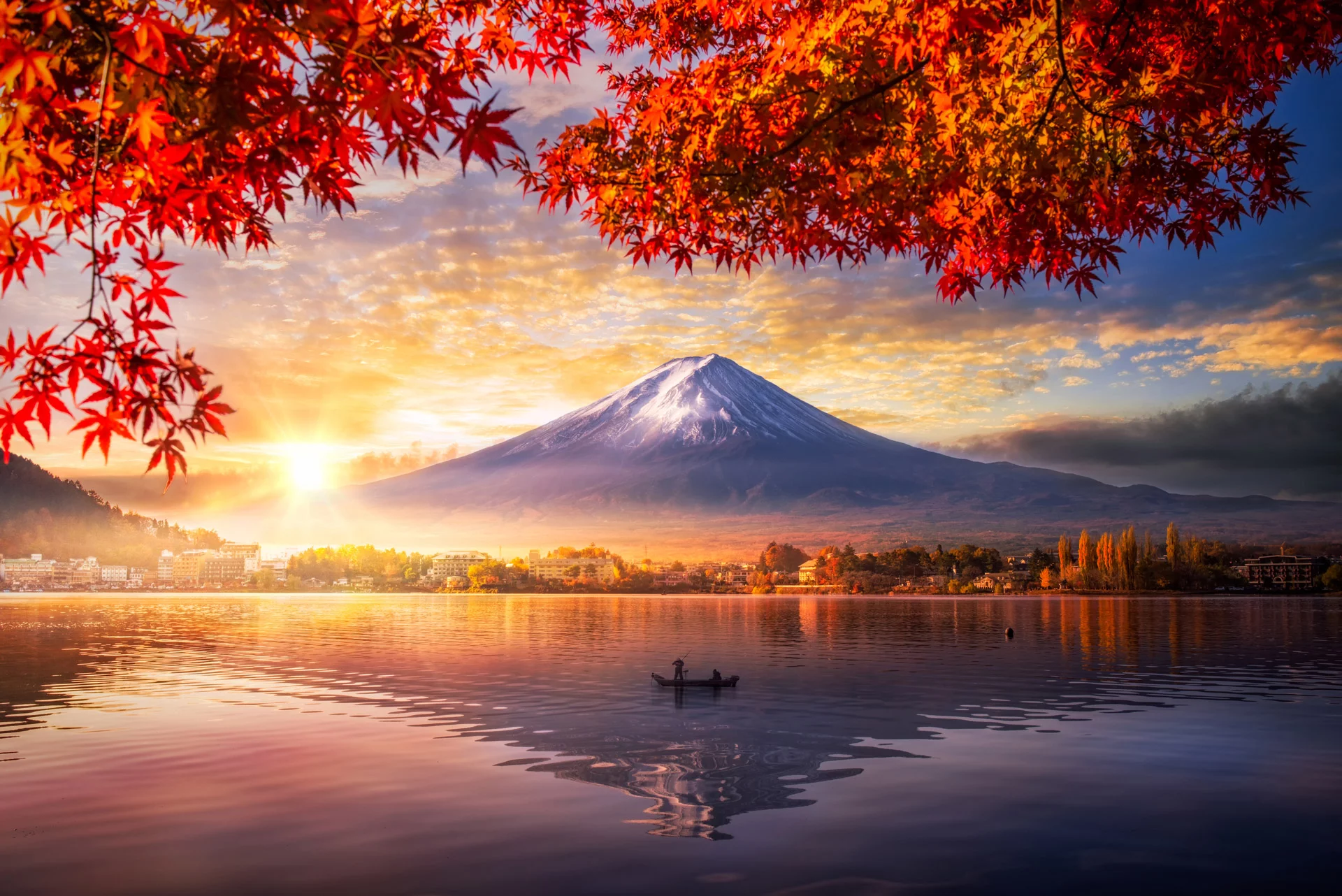
Let's rent the cane that will accompany you to the shrine. Every person from Kagawa prefecture knows this song, and you too can listen to it on the Kotohira Shrine's website. It is said to have also been sung in the geisha entertainment. This song that you hear as soon as you start walking is an old folk song that was made about the "Konpira boat", which resided in the close-by harbor. "Konpira funefune oiteni hokakete shura shu shu shu!" There are many souvenir shops and restaurants that offer snacks on the main road. The climb to Konpira-san starts on the main road. The entrance of the Konpira-san main road. First, let's rent a cane at the main road Listen to your body and select the pace and way that fits you the best to climb up. Also, you can use your car to drive up to Shiseido Parlor's cafe "Kamitsubaki", which is on the 500th step. You can use a palanquin to go to the main shrine.Īs a last resort option, there are also palanquins that will take you to the main shrine. If you aren't confident, don't push yourself too hard, just climb at your own pace. You might think you need to be in good shape to visit the shrine, but when you actually go there, you will notice that there are many people from small children to elders climbing up. It takes about 1.5 hours for an adult to get to the main shrine and back, and about 2 hours to go to the inner shrine and back. There are 785 stairs from the main road to the main shrine, and 1,368 stairs to the inner shrine. Konpira-san is located half-way up a mountain, so you will have to climb up long stone stairs. People who live in Kagawa prefecture don't refer to visiting Konpira-san as "going" or "visiting" - they call it "climbing to Konpira-san". The temple is also said to benefit industries and agriculture, so you can see the names of many famous companies that have donated to the shrine on the stone pillars among the road leading to the shrine.Ī boat propeller sculpture donated by a shipbuilding company. Oomononushi no kami is said to be the god that protects seafaring, so many sailors visit this temple. After the separation of Shintoism and Buddhism, the principal god of the temple became "Oomononushi no kami", which appears in Japanese legends.Ĭurrently, the main enshrined deities are Oomononushi no kami and Emperor Sutoku. The god worshipped at Konpira-san and the benefitsĭuring the Edo period, Konpira-san was known as "Mountain Zouzu Matsuo Temple Koukoin", a temple where they worship Konbira-Daigongen, which was said to be a combination of Shintoism and Buddhism.

In Buddhism, the god of water is called "Kubira", and it has said to have resided around this area in the ancient times. "Kumbhira" is a deified crocodile that became the god of water, and later, the dragon god. Like Ise temple, Konpira-san also became a popular travel destination to the common people as “the temple you want to visit once in your lifetime”.īy the way, the origin of the nickname "Konpira" comes from the word "Kumbhira" from the Sanskrit language, which was used in India and South Asia. Common people were not allowed to travel back then, however, they were allowed to visit shrines and temples. Visiting Konpira became popular around Japan during the Edo period. Konpira-san took the world by storm during the Edo period The formal name of the shrine is Kotohira Shrine. Konpira-san is located in the Zouzu Mountain in the Kotohira town of Nakatado, Kagawa, Japan. Kotohira Shrine is located in Kotohira, Kagawa What is the “once-in-a-lifetime Konpira-san”?


 0 kommentar(er)
0 kommentar(er)
